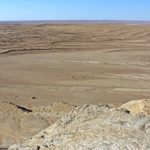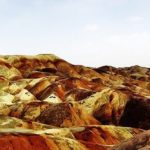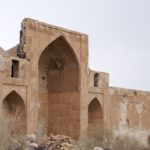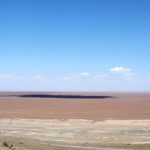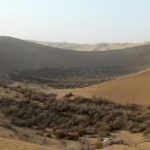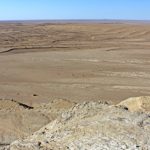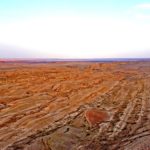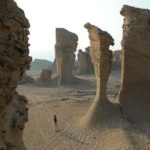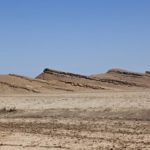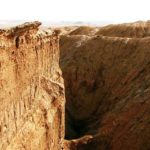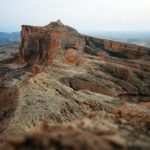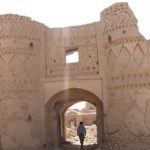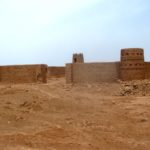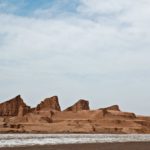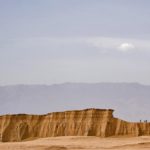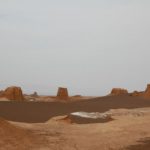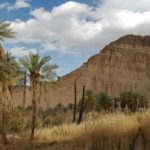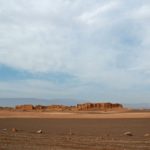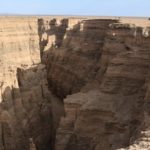In the heart of the desert, in the province of Kerman, Mahan, near the tomb of King Nematollah Wali, there is a garden known as the Prince’s (Prince’s) Garden.
This garden is one of the relics of Abdul Hamid Mirza Farmanfarma – ruler of Kerman in the late Qajar period. It was built in the year 1297 AH and in the final years of the Qajar era, more than a century after its foundation.
It was built during the eleven years by the Prince, and by the death of its owner, the half-finished garden was abandoned. It is said that when the news of the sudden death of the ruler is taken to Mahan, the building that was completing the building’s corridor is said to have stucco plaster in hand, slammed into the wall and left work. For this reason, tile vacancies can be seen on the entrance porch of the garden. The garden was repaired in the year 6, but in the earthquake of the year, saw damage that was eventually repurchased and repaired by the Department of Culture and Art number 1012 after being purchased.
The head of this garden encloses the interior of the garden in a transparent volume so that when you are beneath the vault, you will find the beautiful landscape that forms the garden, the main staircase and the ponds and fountains of the garden.
On the tiled arch of the Prince’s Garden, there are 2 pieces of empty tile. The main building, the porch of the house in the entrance section and other service buildings that are tangible to the main wall and outside.
The basement of the house is set on a two-storey garden entrance, with the upper floor having rooms designed to accommodate guests.
The building is located on the highest bed and the head building at home is located at the entrance and other tangible services to the main wall and outside, the surface of the mansion is 2 m 2 and the distance from the head is 5 m.
Although part of the courtyard is located behind this tower, but since the yard does not matter to the main yard, this volume cuts off the relation of the main yard to the back yard.


